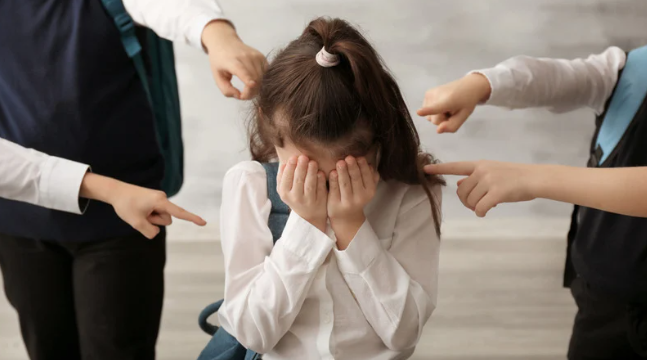What It Might Look Like in 2025 – From the School Bus to the Group Chat
Bullying hasn’t gone away, it’s simply changed shape. Today, it often unfolds quietly, digitally, and out of sight. It’s easy to miss the signs, not because parents aren’t paying attention, but because the landscape has shifted. This guide, developed with the Mallory’s Army Foundation, helps parents understand what bullying looks like in 2025—and what they can do.
Why This Guide Exists
Over two-thirds of bullying now occurs online, through group chats, disappearing messages, games, and social media. Nearly 6 in 10 girls and 1 in 2 boys aged 13–17 have experienced cyberbullying, and over 25% say it happened in the last month.
YouTube (79%), Snapchat (69%), TikTok (64%), and Facebook (49%) have the highest rates. The impact is serious, most report damage to their self-esteem. Nearly 1 in 5 teens have missed school due to cyberbullying. Among LGBTQ+ youth, those targeted are three times more likely to attempt suicide.
This guide helps you:
- Notice early signs of bullying
- Understand where it’s happening
- Support your child effectively
1. What Bullying Looks Like Today
Kids may not say they’re being bullied, but they show it.
- Avoiding school or friends, sudden grade drops, mood changes
- Panic attacks, nightmares, unexplained stomachaches
- Hiding screens, secret accounts, group chat changes, anxiety after notifications
2. Where Bullying Lives in 2025
- At school: exclusion, pressure to ‘fit in’, hurtful jokes
- Online: anonymous harassment, group chat silence, streak manipulation
- In games: targeted sabotage, voice chat abuse, exclusion by peers
3. If Your Child Opens Up
What you say matters.
Say:
- “Thank you for telling me.”
- “This matters.”
- “We’ll figure it out.”
Avoid:
- “Just ignore it.”
- “Toughen up.”
- “That’s just how kids are.”
Document patterns: screenshots, dates, emotional responses.
4. Helping Them Heal
- Rebuild with safe friendships, hobbies, and routines
- Normalize therapy or peer support
- Use tech tools transparently
- Set healthy boundaries together
5. Where We Go From Here
If something feels off, trust that instinct. One conversation can make a difference.
This guide is a starting point. It’s okay not to have all the answers, just don’t wait to ask the questions.
Resources to Support You
- Mallory’s Army Foundation – Advocacy and prevention
- StopBullying.gov – Federal resources and guidance
- CyberSafely.ai – AI-powered alerts for early warning signs
Let’s raise a generation that feels seen, heard, and safe, on the school bus, online, and everywhere in between.

